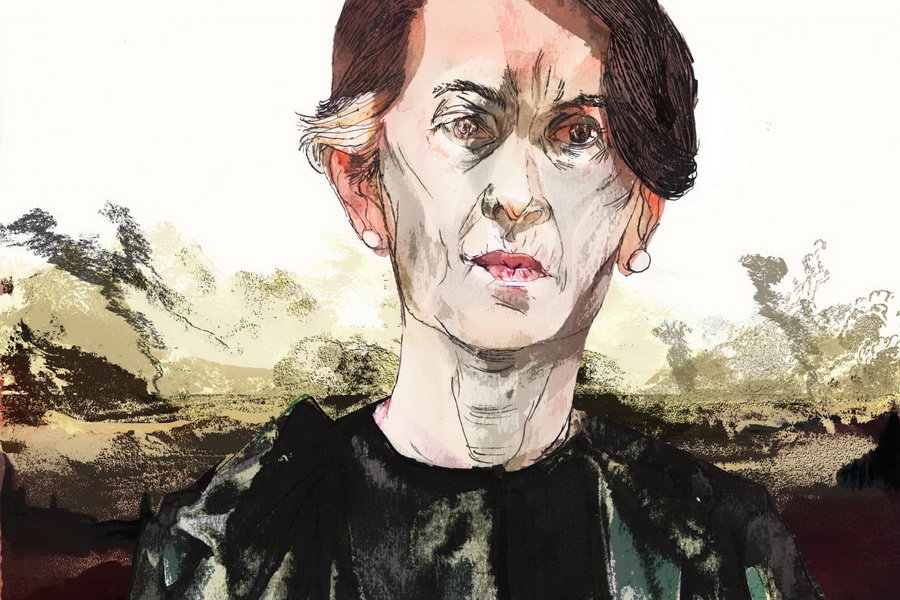
Just few years ago, Myanmar (also called Burma) was widely seen as an international success story. In March 2011, after half a century of military rule, a quasi-civilian government led by the former general Thein Sein came to power and embarked on a remarkable campaign of political and economic reforms. Over the next year and a half, the government released dissidents, lifted press censorship, let the democratic icon Aung San Suu Kyi reenter politics after spending years under house arrest, and opened peace talks with more than a dozen rebel groups. President Thein Sein’s administration also took important steps to rationalize an economy distorted by decades of autarkic socialist policies and harsh Western sanctions.
On the foreign policy front, Myanmar spurned China, its overbearing patron, by suspending unpopular infrastructure projects, and it moved to improve relations with the United States and the West. In late 2011, U.S. Secretary of State Hillary Clinton visited Yangon. Shortly after, Barack Obama made the first-ever visit to Myanmar by a sitting U.S. president, touting “the power of a new beginning.” As liberalization proceeded, Western countries lifted sanctions, and Myanmar rejoined the world. Aid and investment flooded into the country, along with a parade of luminaries—from the financier and philanthropist George Soros to former British Prime Minister Tony Blair—eager to participate in a seemingly historic transformation.
Myanmar’s democratic transition reached its apex on November 8, 2015, when Aung San Suu Kyi led her party, the National League for Democracy, to a staggering victory in national elections. The following March, Thein Sein handed over power to the new administration. It was the first peaceful transfer of power in Myanmar since 1960. A country once mentioned in the same breath as North Korea had seemingly flipped onto the right side of history.



